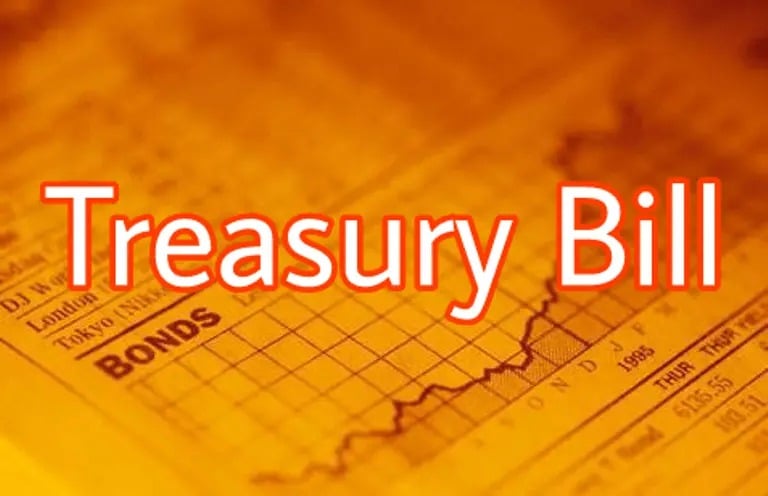
US oil prices turned negative for the first time on record on Monday after oil producers ran out of space to store the oversupply of crude left by the coronavirus crisis, triggering an historic market collapse which left oil traders reeling.
The price of US crude oil crashed from $18 a barrel to -$38 in a matter of hours, as rising stockpiles of crude threatened to overwhelm storage facilities and forcedoil producers to pay buyers to take the barrels they could not store.
The market crash underlined the impact of the coronavirus outbreak on oil demand as the global economy slumps.
On Tuesday prices rebounded above above zero, with the US benchmark West Texas Intermediate for May changing hands at $1.10 a barrel after closing at -$37.63 in New York on Monday.
The rapid market decline of recent weeks had reached fever pitch on Monday as traders reached their last day to trade oil for delivery in May before the contracts expire. The deadline triggered a collapse in prices as desperate oil traders with more crude than storage space were forced to take action.
Daniel Yergin, a Pulitzer-winning oil historian, said: “The May crude oil contract is going out not with a whimper, but a primal scream.”
The price of oil from the US shale heartlands has been declining steadily in recent weeks following the biggest slump in oil demand for 25 years steps due to restrictions on travel to curb the spread of Covid-19. The fall accelerated amid rising fears that the global economy may be facing its deepest downturn since the Great Depression.
Oil producers have continued to pump near-record levels of crude into the global market even as analysts warned that the impact of the coronavirus outbreak would drive oil demand to its lowest levels since 1995. The emergence of negative oil prices is expected to prompt some oil companies to hasten the shutdown of their rigs and oil wells to avoid plunging deeper into debt or bankruptcy.
The collapse will come as a blow to US President Donald Trump who took credit for brokering a historic deal between the Opec oil cartel and the world’s largest oil producing nations to limit the flood of oil production into the market. The pact to cut between 10 million and 20 million barrels of oil from the market from next month was dismissed by many within the market as “too little, too late” to avoid a market crash.
At his daily White House briefing, Trump described the negative price as a “short-term problem”. He said the US was filling up its strategic reserves: “If we could buy it for nothing, we’re gonna take everything we can get,” he said.
The Guardian reported over the weekend that a record 160m barrels of oil was being stored in “supergiant” oil tankers outside the world’s largest shipping ports, including in the US Gulf. The last time floating storage reached levels close to this was in the depths of the financial crisis in 2009, when traders stored more than 100m barrels at sea before offloading stocks when the economy began to recover.
Historically weak oil markets are likely to bring lower prices for drivers at service station forecourts, but the price collapse will also hurt pension savings which are often invested in major oil companies through funds which track equity markets. The oil price crisis has already wiped billions from the market value of the largest oil companies, many of which will not be able to pay dividends if the market rout drags on.
Brett Fleishman, from climate campaign group at 350.org, said the collapse of oil prices is “another powerful example of how fossil fuels are too volatile to be the basis of a resilient economy”.
“We are experiencing an unparalleled upending in our economies. And it is time for the fossil fuel industry to recognize that, from now on, the cheapest and best place to store oil is in the ground,” he said.
“While this recession shows us that we desperately need sustainable, resilient, and stable economic systems, based on renewable, accessible and just energy sources, the fossil fuel industry is not only trying to profit off of the current chaos, but continues to drive us further into climate breakdown,” Fleishman added.
Oil prices began to rise again on Tuesday as oil traders turn their attention to trading oil for delivery in June.
The US oil market – known in the industry as the West Texas Intermediate price – is expected to trade above $20 a barrel this week, recovering from its slump into negative territory. The international oil price benchmark, known as Brent crude, is trading at around $26 a barrel.
The recovery is expected to pick up over the second half of the year as tight restrictions on travel to help curb the spread of the virus are lifted, raising demand for fuels and oil. At the same time supply is expected to dwindle due to the historic deal to limit oil production and the financial collapse of weaker oil companies.
However, most analysts believe that oil prices will fail to reach the same price levels recorded at the beginning of the year before the outbreak. Brent crude reached highs of almost $69 a barrel in January before plummeting to less than $23 a barrel at the end of March. Many market experts predict the price of Brent will remain below $50 a barrel this year.
The post Oil prices dip below zero as producers forced to pay to dispose of excess appeared first on Citinewsroom - Comprehensive News in Ghana, Current Affairs, Business News , Headlines, Ghana Sports, Entertainment, Politics, Articles, Opinions, Viral Content.
Read Full Story





















Facebook
Twitter
Pinterest
Instagram
Google+
YouTube
LinkedIn
RSS